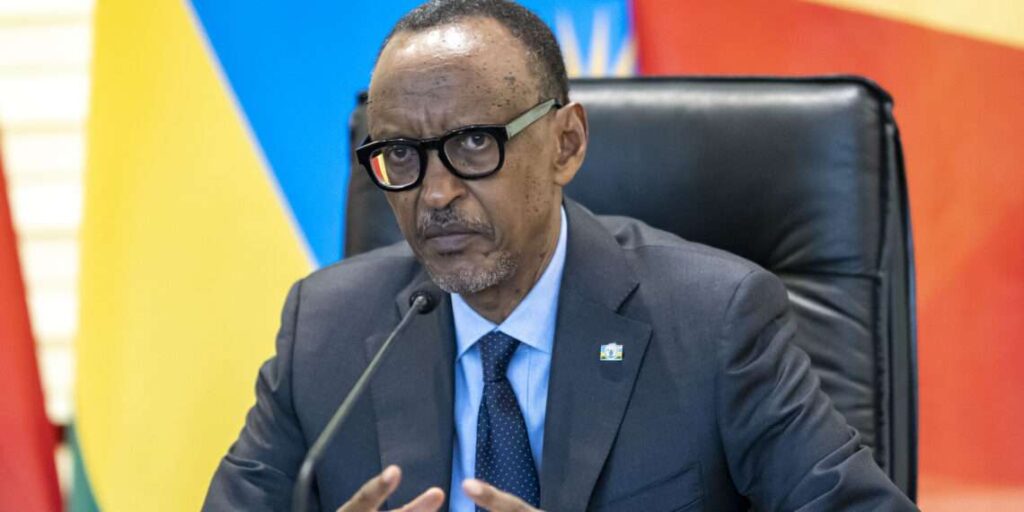Rwanda and the Democratic Republic of Congo (DRC) convened the first meeting of a joint oversight committee on Thursday, a key step in the implementation of a U.S.-brokered peace deal aimed at ending ongoing conflict in eastern Congo. The meeting, held in Washington, D.C., included representatives from the African Union, Qatar, and the United States, underlining the international support behind the fragile peace process.
The June 2024 agreement, reached during talks led by the Trump administration, calls for the withdrawal of Rwandan troops from eastern DRC within 90 days, the formation of a joint security coordination mechanism within 30 days, and the launch of a monitoring plan to oversee the withdrawal process. Additionally, it mandates the conclusion of Congolese military operations against the Democratic Forces for the Liberation of Rwanda (FDLR), a rebel group with ties to the 1994 Rwandan genocide, within the same timeframe.
While the joint oversight committee met within the expected 45-day window, other components of the deal are lagging. The joint security coordination mechanism has yet to convene, and military operations against the FDLR, as well as the withdrawal of Rwandan troops, have not commenced. Despite the delays, U.S. senior Africa adviser Massad Boulos insisted the peace deal remains on track. “There was no timeline for that,” Boulos said regarding the military operations, adding that progress since April has been “extensive” and aligned with U.S. aspirations for the region.
Nonetheless, military and diplomatic sources acknowledged that the slow pace of implementation poses challenges. Tensions remain high, with armed groups such as M23 and the Wazalendo militia reportedly reinforcing their positions along the conflict front lines.
The mineral-rich eastern DRC has long been plagued by violence, drawing international concern due to the region’s vast deposits of gold, tantalum, cobalt, and other critical resources. While the peace agreement marks a diplomatic breakthrough, its success will depend on sustained commitment and timely action from all parties involved.
Observers continue to monitor developments closely, hoping that the joint oversight mechanism will soon catalyze meaningful progress toward lasting peace.

